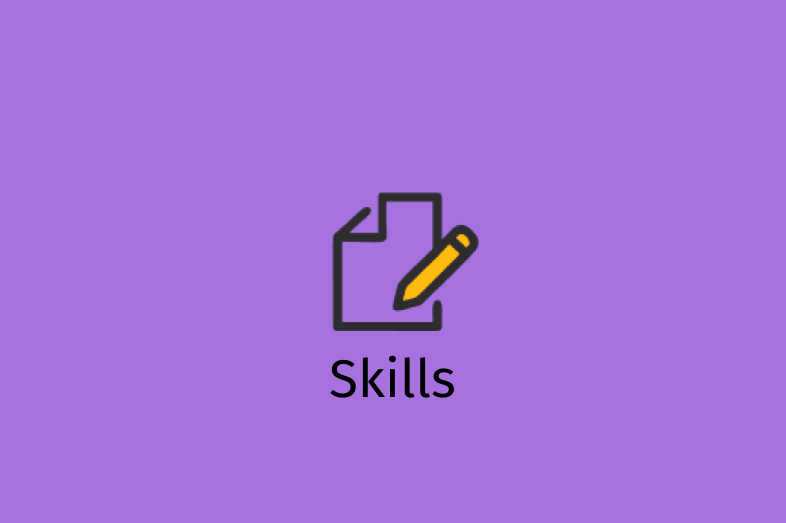School safety is an important part of every education journalist’s beat, as states and districts invest billions in preventative measures, including those intended to stop the next campus shooting.
But how much of those investments are reactions to public perceptions about potential risks rather than grounded in best practices? And what questions should reporters ask when it comes to not just the financial costs but also the potential emotional toll such efforts take on students and staff?
At the Education Writers Association’s recent National Seminar, several experts offered insights into how to better cover these topics and make sense of the changing school environment without playing up security fears.
A growing number of states are considering — or have already passed legislation — aimed at arming classroom teachers. George Roberts, a community superintendent in Baltimore County Public Schools, told the EWA audience such efforts should be carefully weighed.
Roberts was the principal at Baltimore’s Perry Hall High School when, on the first day of a new academic year, a student opened fire in the cafeteria. There was no chaos and no mad dash to escape the school shooter, Roberts said.
Arming Teachers?
Rather, a school resource officer waded through the crowded cafeteria with his weapon drawn, but pointed down, as he used his free arm to push kids to the exits. One student was hurt in the shooting. The suspect, who had a shotgun, was apprehended after a struggle with a guidance counselor and a math teacher.
“If a teacher was armed, it could have gotten worse,” Roberts said.
Roberts said his district initiated active shooter drills this year, but he said care was taken to alter the exercise for elementary students to account for their physical ability and maturity.
But some school safety drills have gone too far, said Sheldon Greenberg, a professor at the Johns Hopkins School of Education who has studied school safety and policing.
“The school safety industry is doing a lot of things that are creating fear in students that they don’t deserve,” he said, citing specifically the Indiana drill earlier this year where elementary teachers were shot with plastic pellets. “I’ll use a technical term,” the former police officer said,.“That’s nuts.” He said schools have run fire drills for years without using smoke bombs.
Greenberg said research in this area is typically vendor-driven, so reporters need to try to suss out what schools are hoping to accomplish.
“We need a clear tangible picture of what a safe school is,” he said, adding that there is no consensus. There also isn’t research yet on the long-term impact on students of arguably excessive school safety preventative measures, Greenberg said.
‘The Virtual Presence of Law Enforcement’
Elizabeth Laird, a senior fellow of student privacy at the Center for Democracy and Technology, said the debate over the impact of police presence on campuses has largely focused on school resources officers — but that’s not the whole story.
“I would be thinking about the physical presence of law enforcement but also the ways in which technology is increasing the virtual presence of law enforcement,” said Laird. She pointed to examples like remotely monitored surveillance cameras, and initiatives that call for sharing districts’ education data with police.
The unintended consequences of trying to ferret out security problems could compromise student privacy, said Laird, who urged reporters to consider what happens if a district employs social media monitoring software that might erroneously identify students. Even if these students are eventually cleared, just being investigated could be a stigma that is hard to shake, she added. (The Center for Democracy and Technology published a recent report looking at potential risks to how school districts store digital data on students.)
Pia Escudero, the director of school mental health for the Los Angeles Unified School District, addressed mental health issues on campus during the panel. She reminded reporters that “mental health is an evolutionary process. No one just snaps.”
She detailed her district’s risk assessment model and said it received 1,500 calls about homicidal or suicidal adults or children in its first year. About 220 of those calls led to medical transport, but people can go to a hospital for a psychiatric evaluation and be released without ever being seen, she cautioned. Even an increase in suicidal behavior could be a potentially positive effect, she said, if it means that more students who need help are coming forward.
Escudero said that in Los Angeles, students are more concerned with getting to and from school safely than the time they are in class. Roberts reminded reporters to tell stories from students’ point of view, mentioning specifically how important it was to hear directly from Parkland students.



